How to Use a Film Photography Log Book
Quick Summary
For many of us, the allure of film photography lies in the tactile nature of the process – the sound of the shutter, the winding of the film, and the anticipation of seeing your images once developed.
However, unlike in digital photography, metadata such as exposure settings, time, and even location is NOT recorded automatically, and once you’ve shot – it’s lost!
It’s therefore up to you to document these details. This is where the log book comes in – in this blog I break down how to easily set one up and why it’s important to do so!
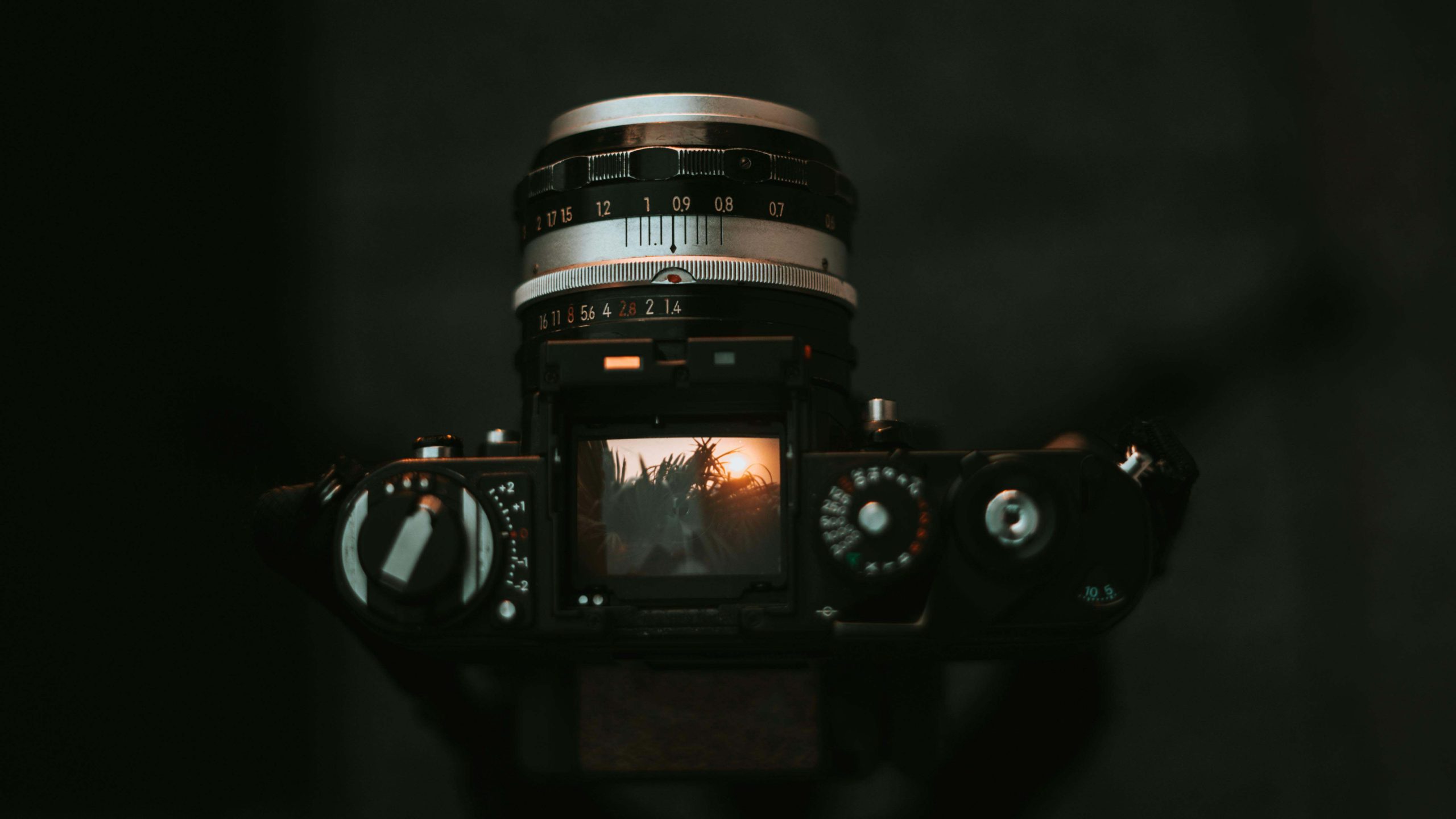
Key Takeaways:
- You need to find a way that works for you, whether that’s a physical notebook or digital alternative.
- You need to track a variety of metadata such as film stock, camera, lens, conditions, aperture, shutter speed and ISO in order to learn from your shots.
- Consistency is key and will really help you progress with your understanding of how to create under different conditions.
- If you don’t know about the aperture, ISO and shutter speed, this will be harder for you. Luckily, I’ve got a dedicated guide to the exposure triangle.
Why Keeping a Film Photography Log Book is Important
Put simply, a log book helps you understand what worked and what didn’t during your shoots.
When you receive your developed photos back, being able to look at your settings and decisions for each frame can be invaluable for learning. Without this reference, you might struggle to understand why a shot was underexposed, why a specific depth of field was achieved, or why the final image didn’t match your expectations.
If, for example, you’re just tackling the Sunny 16 rule, logging your data will help you understand what works for different conditions.
By tracking each shot’s details, you’ll begin to see patterns emerge and identify what conditions or settings produce your favourite images, as well as what changes you should make next time.
This, like much of photography in general, is a process of trial, error, and reflection and is vital to you growing your skillset when wielding your film camera.
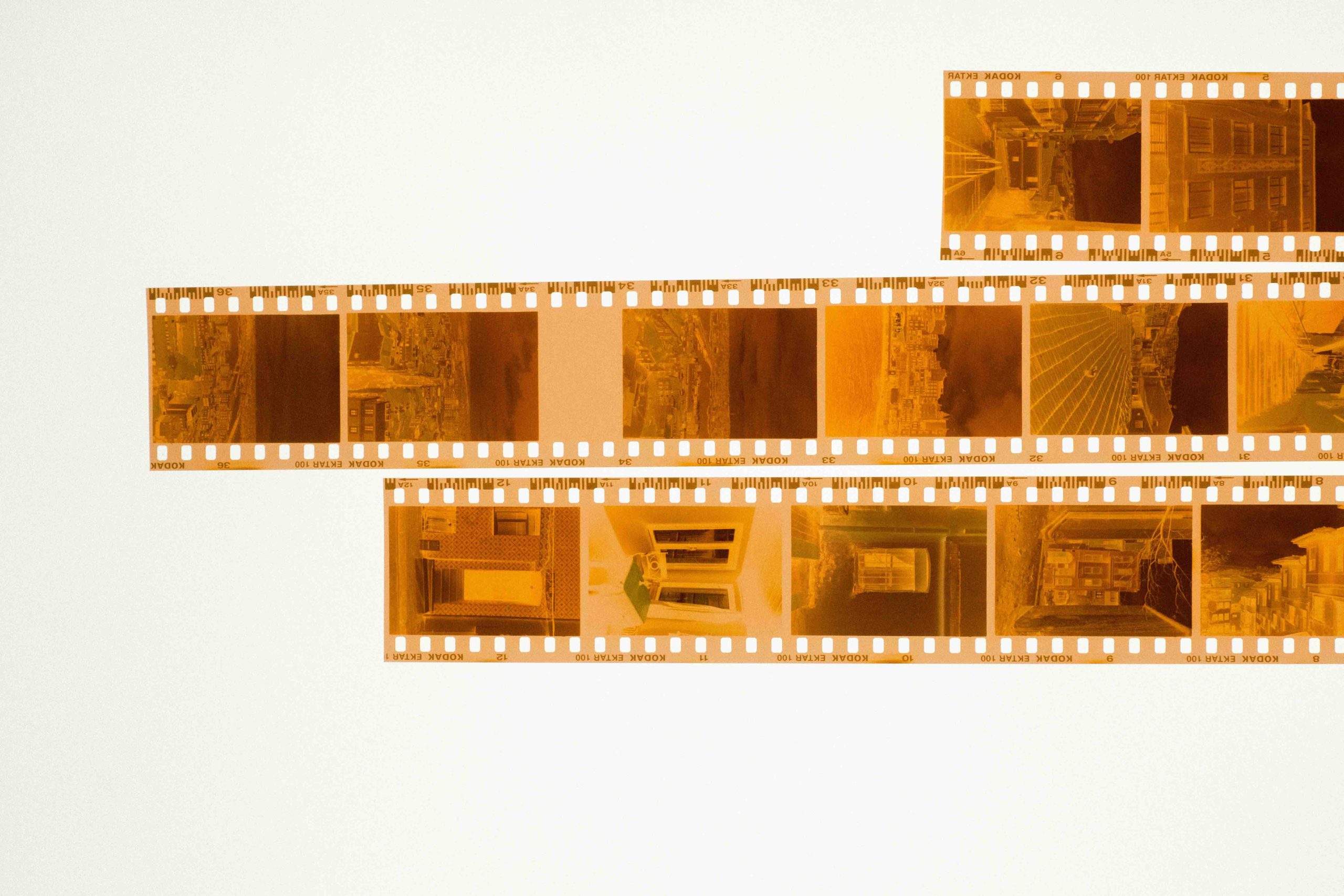
Best Methods for Logging Your Shots
When it comes to keeping a film photography log book, there’s no single way to do it. Different photographers prefer different approaches depending on their style and shooting preferences. Here are a few popular methods:
1. Traditional Notebooks
For many photographers, including myself, the simplicity of a pen and paper is hard to beat. Small, pocket-sized notebooks are a great option because they’re easy to carry around and provide plenty of room to jot down the information you need – I also like the ability of making little notes or sketches in the margins.
I typically use a small Muji notebook – they’re perfect for me!
There’s something satisfying about physically writing down the details of each shot. A small notebook fits perfectly in most camera bags, and for someone that’s trying to get away from digital when he can, it’s what I like using!
Here’s a digital mockup of how I layout my own analogue notebook…
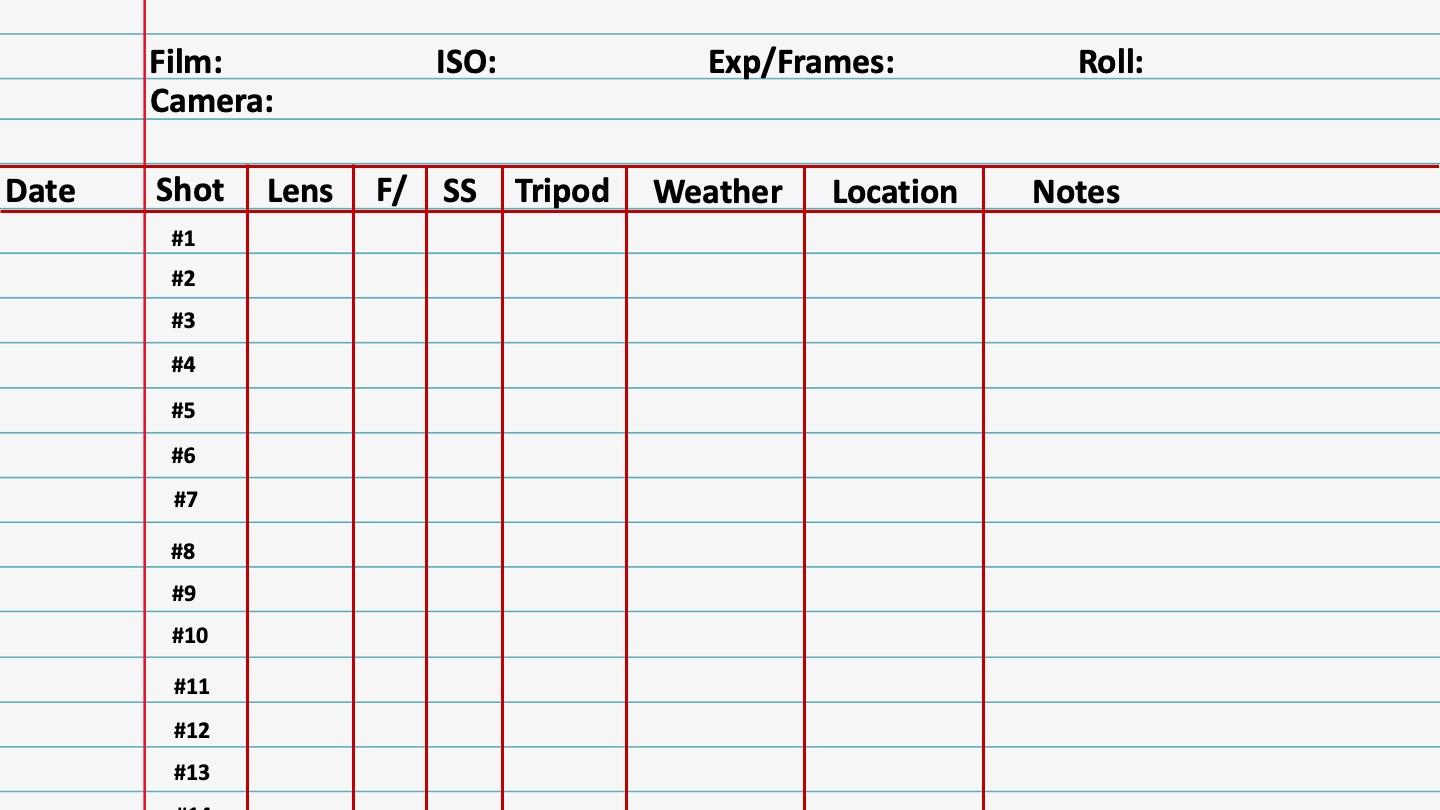
2. Dedicated Log Books
If you prefer a more structured approach, there are pre-printed film photography log books available. These come with columns or spaces for all the relevant data, meaning you don’t have to think about what to record — just fill in the blanks. Some even include additional sections for notes on lighting, composition, or shooting conditions, which can help provide a comprehensive overview of your photography session.
I tend to avoid these as they can be very expensive for what they are and you’re forced into using someone else’s system, which might not fit your own.
3. Digital Note-Taking Apps
If you’re more of a digital native, apps like Notion, Evernote, or even a simple spreadsheet can be perfect for logging your shots.
These methods allow you to add more detail, upload reference images, and even sync your notes across devices, so you’ll always have access to your log – I can definitely see the appeal here.
If I’m honest, the humble iPhone Notes app has been a great backup when I’ve left my notebook at home, so I’d recommend that for ultimate simplicty.

What Data Should You Log?
Whether you’re using a notebook, app, or dedicated log book, the most important part is consistency. To make the most out of this practice, be diligent in recording the following information:
1. Film Stock
This is the foundation for understanding the results of your images. Recording what film stock you used helps you determine how different brands and ISO speeds perform under various conditions.
2. Camera, Lens and Tripod
The camera and lens choice also plays a key role in the look of your image. Different lenses affect depth of field and sharpness, so it’s important to log exactly which gear you’re using if you’re flitting between glass.
I tend to use the same lens for a full roll of film, so I occasionally leave this off if I know it won’t be necessary.
It’s also important to note if you use a tripod, however if this isn’t something you do regularly, you could remove this column!
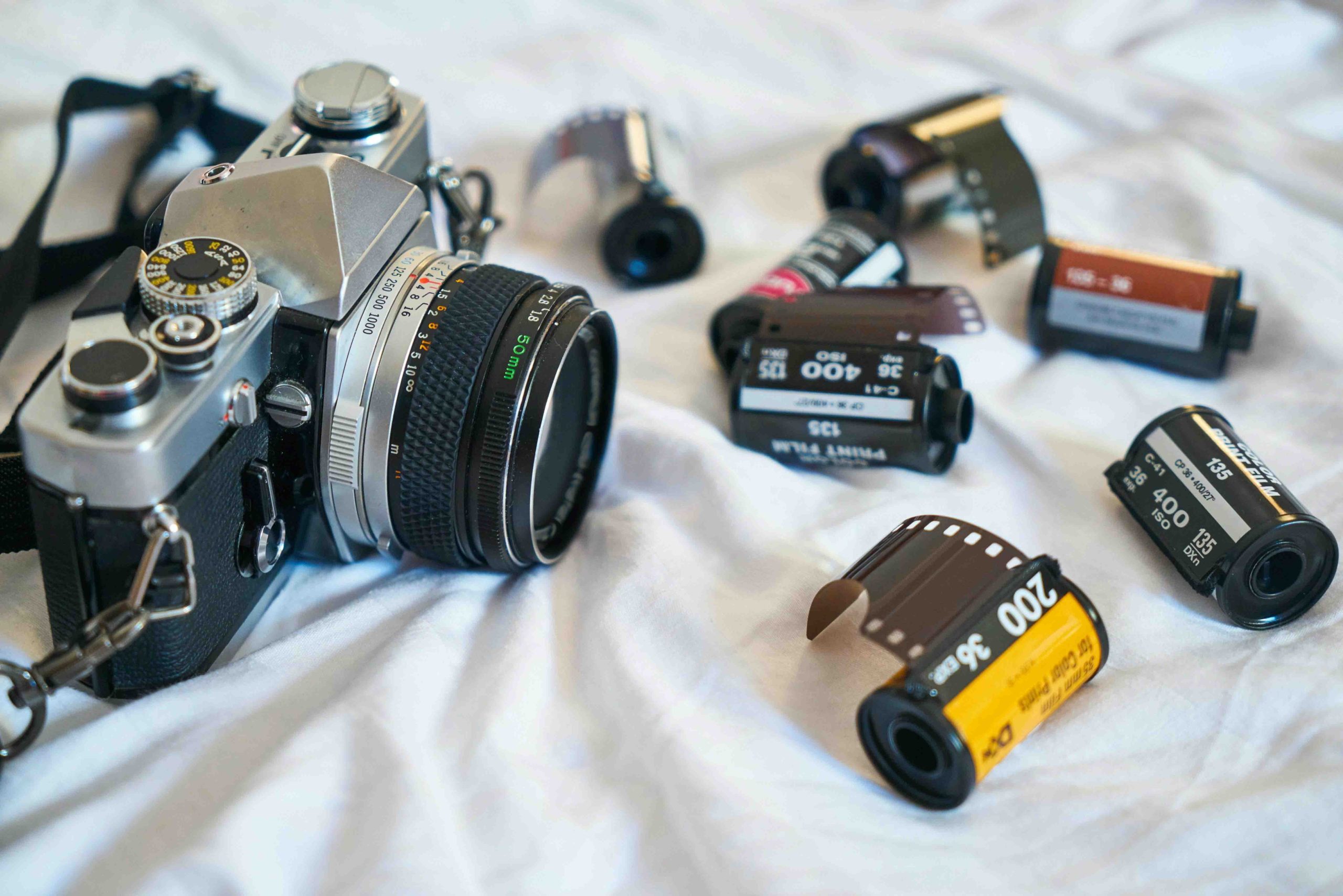
3. Date, Time, and Location
Knowing when and where you took the shot can be crucial in understanding lighting conditions. The time of day impacts natural light, and the location could include environmental factors that affect your final image.
For example, if I am out in the Peak District in the open under bright sunny conditions, then head into a shaded woodland area, it would dramatically impact my exposure.
4. Shutter Speed, Aperture, and ISO
These three settings make up the exposure triangle, and logging them is essential to evaluating your exposure decisions. Over time, you’ll begin to see how different combinations of shutter speed, aperture, and ISO create varying effects in your images.
5. Shot Number
It’s a good idea to record the number of each shot as you go along. This allows you to easily cross-reference your log book with your developed images once you receive them from the lab (and remember how many shots you have left!)
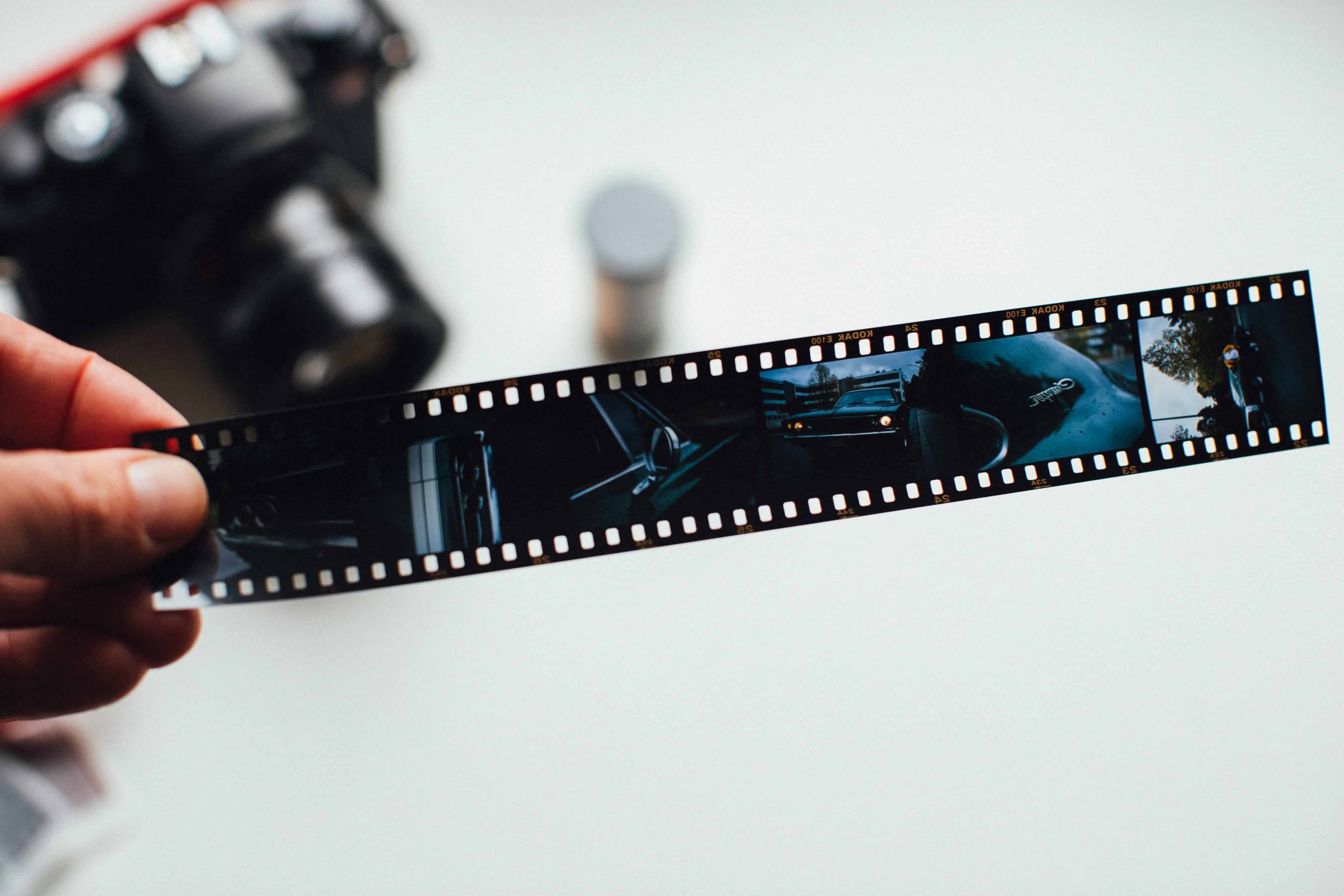
6. Lighting Conditions
You don’t always have control over the lighting, but it’s important to note whether conditions were sunny, overcast, or artificial. This helps you later understand how the lighting impacted your shot and can assist in planning for future shoots.
If you’d like to know how you can shoot in different conditions without metering for light, check out my blog on the Sunny 16 Rule.
7. Additional Notes
If there were specific challenges, like tricky shadows, unexpected movement, or if you were experimenting with a new technique, make a note of it. These personal reflections will help you learn and grow from each shoot.
I also add, for example, a column for “Distance” if I am shooting with a camera like my Rollei 35 which has zone based focusing (meaning you set the distance from 3ft to infinity in various increments).
Take a look at the below example for a log book entry for a roll of Kodak Gold 200 shot on a Pentax SFXn on a sunny day…
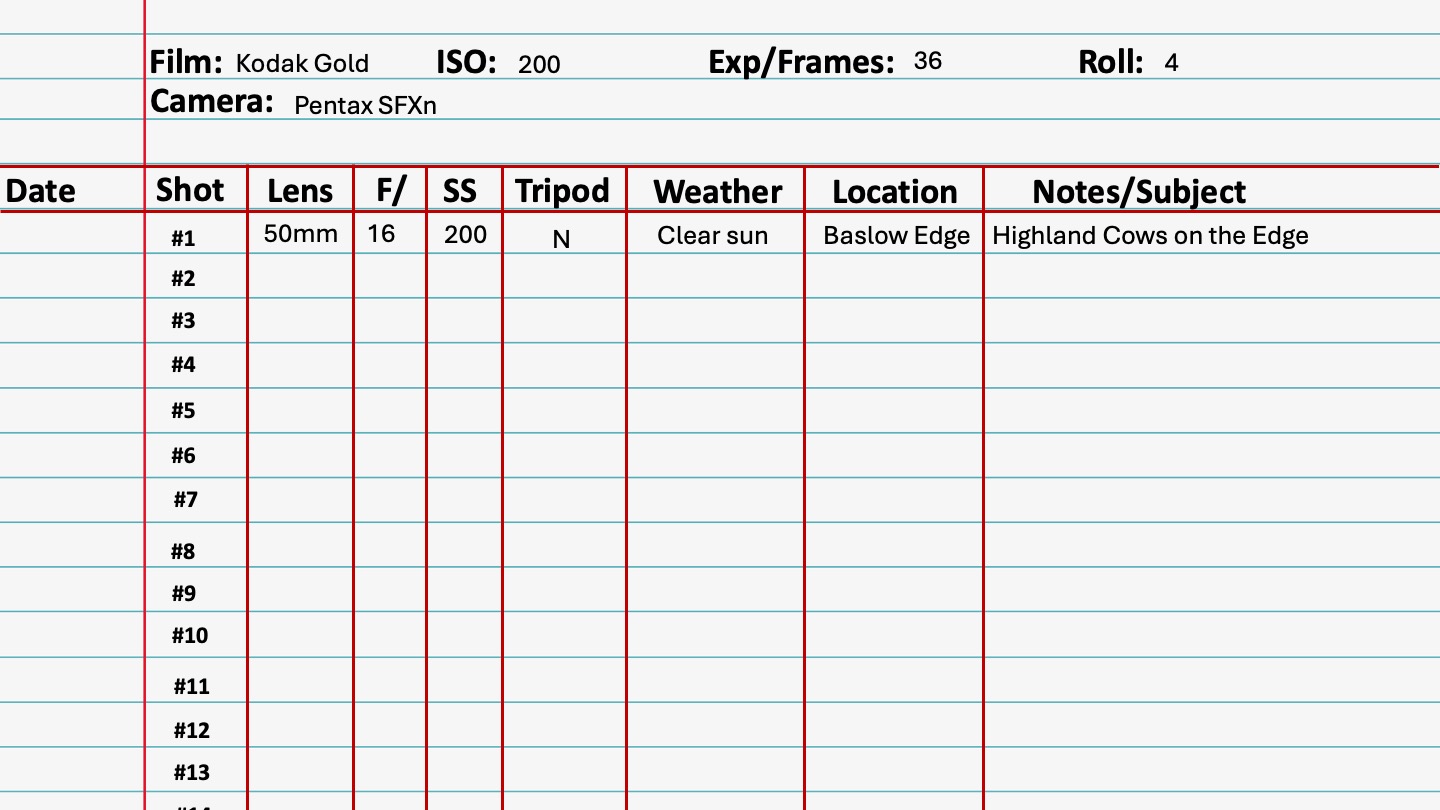
Why Consistency Matters
The key to successfully using a film photography log book is consistency. If you forget to jot down details here and there, it can make it much harder to learn from your mistakes or recreate the conditions of your best shots.
Try to make logging your shots a habit after each frame or at least at the end of each roll.
Using a film photography log book is one of the simplest and most effective ways to improve your skills. By understanding exactly what went into each shot, you’ll develop a deeper appreciation for the craft and grow more confident in your decision-making. Over time, your log book will become a valuable reference point, helping you unlock your full creative potential and continually improve your film photography.
Happy shooting!
Fred Ostrovskis-Wilkes
I am a photographer, writer and design agency founder based in Sheffield, UK.